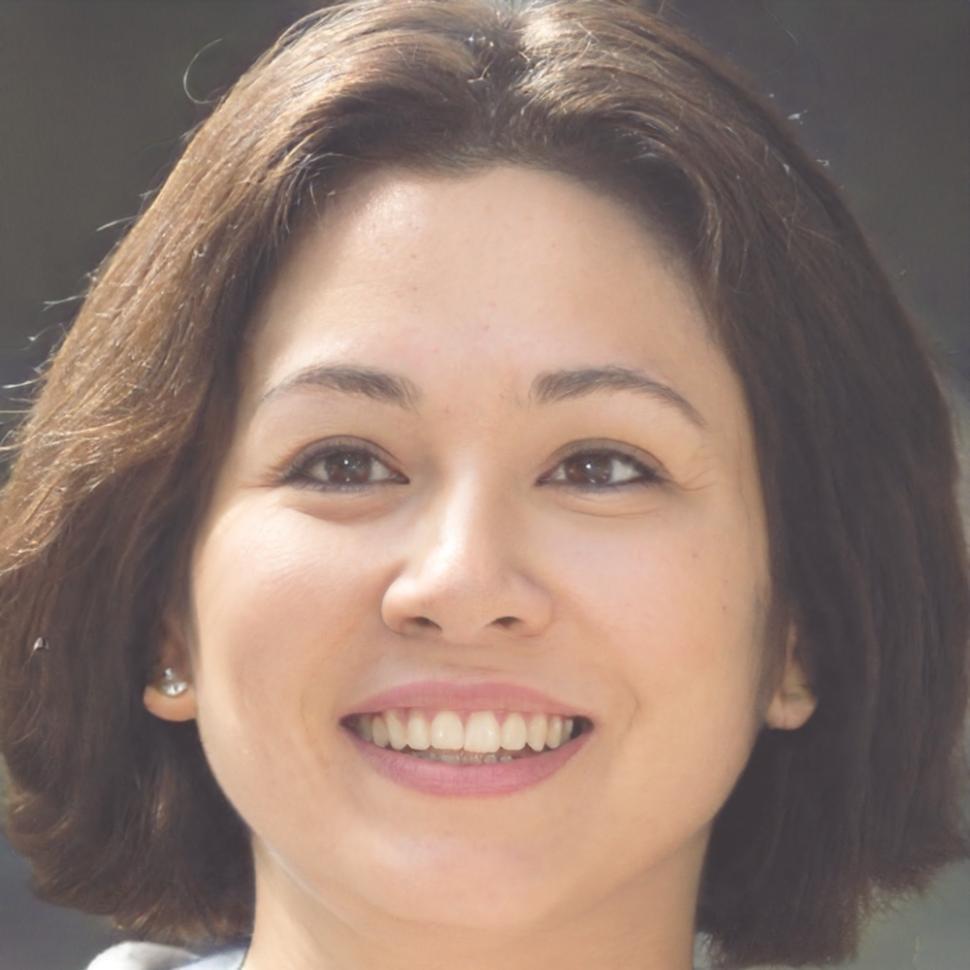Building Tomorrow's Language Systems Together
Collaboration shapes how machines understand human communication
We work with academic institutions, technology companies, and research centers across Taiwan and beyond. Our partnerships aren't just agreements on paper. They're active collaborations where people share knowledge, challenge assumptions, and build systems that actually work in the messy reality of human language.
What makes our approach different is simple honesty about what natural language processing can and cannot do right now. Partners appreciate working with people who admit when something is difficult rather than overselling capabilities.
Research Partnerships That Drive Real Progress
Our collaboration with Tunghai University started in 2024 when Dr. Linnea Sørensen reached out about improving sentiment analysis for mixed-language social media posts. Turns out, code-switching between Mandarin and English in the same sentence breaks most standard models.
We spent six months working with her linguistics students on annotation methods. Not glamorous work, but that's where the actual progress happens. By autumn 2025, we'll publish joint findings on contextual embedding approaches that handle language mixing more gracefully.
National Chung Hsing University brings different expertise. Their computational linguistics group focuses on semantic parsing for technical documentation. Together we're developing tools that extract structured information from engineering specifications written in multiple languages.
Joint Research Programs
Real collaboration means shared goals, not just sponsorship arrangements
Student Involvement
Graduate students work on actual production challenges, not toy datasets
Open Publication
Research findings get published regardless of whether results look impressive
Long-Term Focus
Multi-year commitments allow tackling problems that need sustained attention

People Making This Work
Partnerships succeed or fail based on whether people actually communicate well. Here are some of the academics and industry professionals we work closely with on ongoing projects.

Dr. Henrik Vesterholm
Associate Professor, Computational Linguistics, Tunghai University
Henrik's background in phonetics brings unexpected insights to text processing challenges. His group's work on prosody modeling for text-to-speech systems influenced our approach to punctuation prediction. We meet monthly to discuss annotation frameworks and occasionally argue about whether context windows should extend across paragraph boundaries.

Thea Jørgensen
Lead NLP Engineer, Industrial Technology Research Institute
Thea moved to Taiwan from Copenhagen in 2023 to work on multilingual model deployment at scale. Her experience optimizing transformer architectures for production environments helps keep our research grounded in practical constraints. She's particularly good at identifying which academic techniques will actually survive contact with real-world latency requirements.
National Chung Hsing University
Joint development of domain-specific language models for agricultural research documentation. Their corpus of historical farming records in mixed classical and modern Chinese presents fascinating challenges.
Taiwan AI Labs
Collaborative work on speech recognition systems that handle Taiwanese Hokkien alongside Mandarin. Code-switching happens mid-sentence in conversational speech, making this technically demanding.
Industrial Technology Research Institute
Production deployment of NLP systems for manufacturing quality control. Real-time processing of inspection reports written by operators with varying language proficiency levels.

Technology Partnerships Beyond Academia
Working with technology companies means dealing with different timelines and constraints than academic research. Companies need systems that deploy reliably and handle edge cases gracefully. Academic research pursues fundamental understanding even when immediate applications aren't obvious.
Both approaches have value. Our role often involves translation between these worlds. We help companies understand which research findings might solve their problems in 18 months. We help researchers see which theoretical questions have practical importance.
- Cloud infrastructure providers helping scale model training across distributed systems while managing costs that can spiral quickly
- Hardware manufacturers testing new accelerator architectures on our workloads and providing early access to equipment in exchange for performance feedback
- Software platforms integrating our libraries and pushing back when our APIs make unreasonable assumptions about deployment environments
- Data annotation services helping establish quality standards for training datasets across multiple languages and cultural contexts